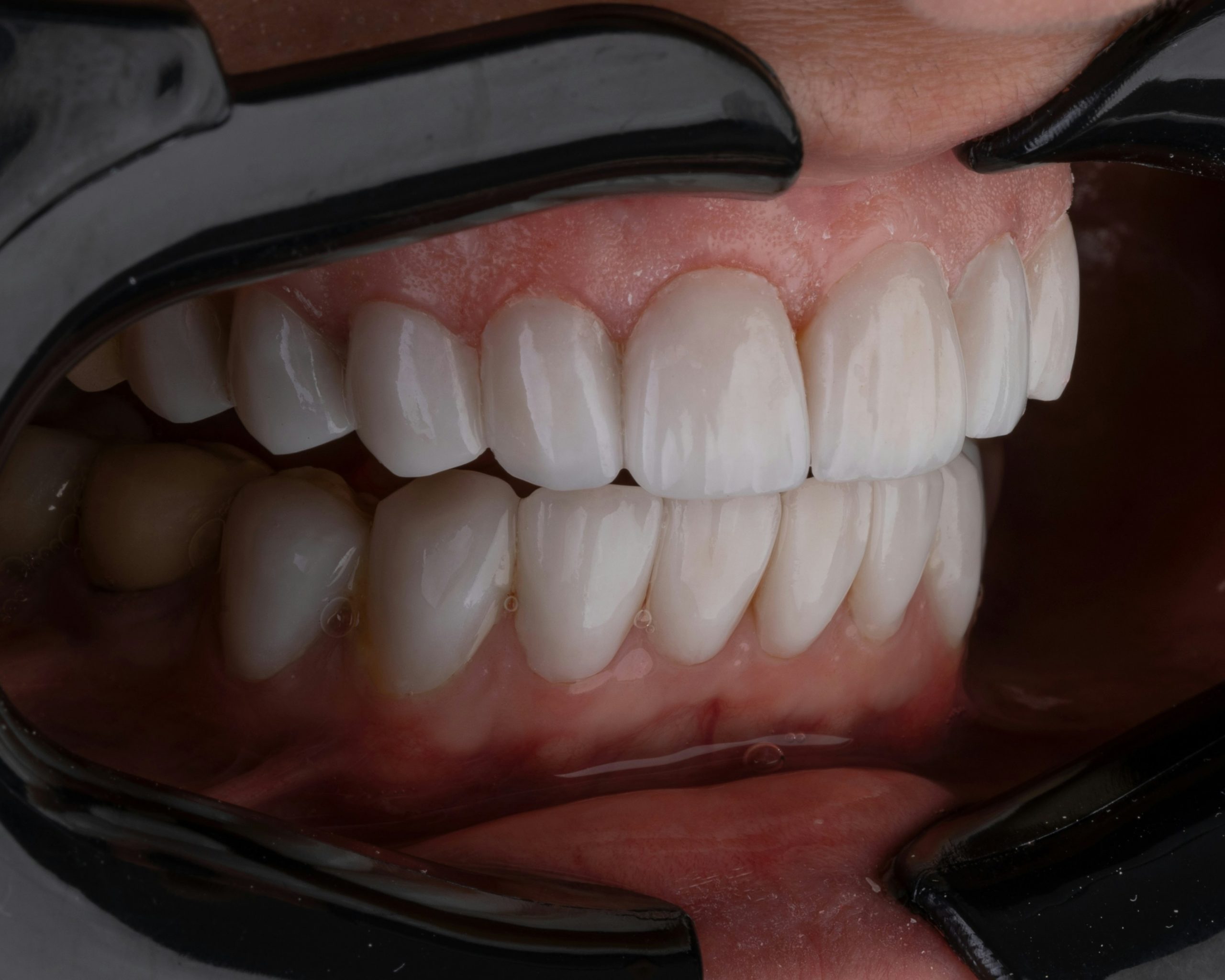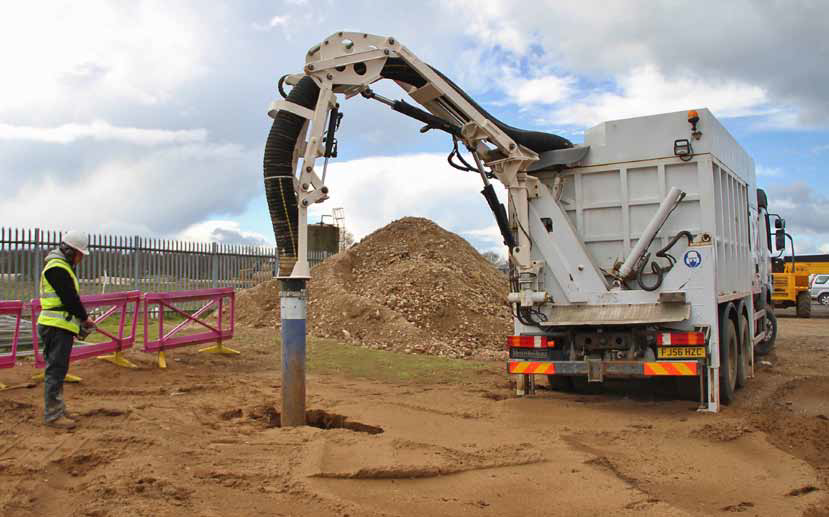Architectural metal ceilings
An architectural metal ceiling is a type of suspended ceiling that is made up of metal panels or tiles that are suspended from a metal grid. These ceilings are popular in commercial buildings, such as offices, airports, and hospitals, due to their durability, flexibility, and aesthetic appeal.
There are several types of architectural metal ceilings, including linear, perforated, and curved. Linear metal ceilings are made up of long, narrow panels that are arranged in a continuous line, giving the ceiling a sleek and modern appearance.
Perforated metal ceilings have small holes or slots in the panels, which can help to reduce noise levels and improve acoustics. Curved metal ceilings are shaped to create a curved or wave-like appearance, adding visual interest to the ceiling.
Architectural metal ceilings offer several benefits for commercial buildings:
- Durability: Metal ceilings are highly durable and resistant to wear and tear, making them ideal for high-traffic areas such as airports and hospitals. They are also resistant to moisture and can withstand harsh environmental conditions, making them suitable for use in outdoor applications.
- Design flexibility: Architectural metal ceilings offer a high degree of design flexibility, with a wide range of materials, colours, and finishes available. This allows architects and designers to create a custom look that complements the building’s design and style.
- Easy installation and maintenance: Metal ceilings are relatively easy to install and require minimal maintenance. The metal panels are lightweight, making them easy to transport and install, and they can be easily removed and replaced when necessary.
- Acoustic performance: Perforated metal ceilings can help to reduce noise levels and improve acoustics in commercial buildings. The small holes or slots in the panels help to absorb sound waves, preventing them from bouncing off hard surfaces.
When choosing an architectural metal ceiling, it is essential to consider the type of metal, finish, and installation method. Some common metals used in metal ceilings include aluminium, stainless steel, and copper.
The finish can vary from a polished, reflective surface to a matte or textured finish, depending on the desired aesthetic.
The installation method can also vary, with options such as concealed or exposed grid systems. Concealed grid systems hide the metal grid structure behind the panels, creating a seamless appearance, while exposed grid systems leave the grid visible, creating a more industrial or contemporary look.
In conclusion, architectural metal ceilings offer several benefits for commercial buildings, including durability, design flexibility, easy installation and maintenance, and acoustic performance.
When choosing a metal ceiling, it is important to consider the type of metal, finish, and installation method to ensure that the ceiling meets the specific needs and aesthetic of the building. With a wide range of options available, metal ceilings are an excellent choice for architects and designers looking for a durable, versatile, and visually appealing ceiling solution.



